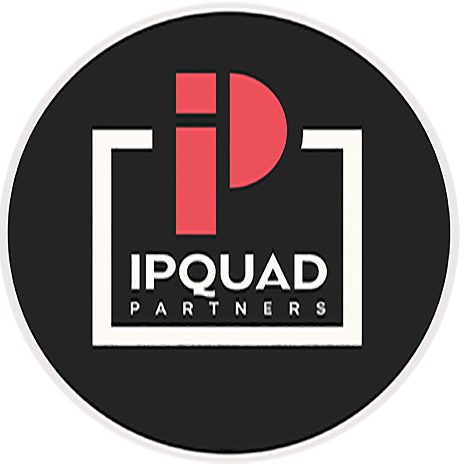We give the best Services
IPQuad Partner’s Patents Proofreading service enables you to identify errors in a granted patent by cross-examination of communication documents stored in the Image File Wrapper of USPTO Public. This not only prevents future legal implications but also saves the attorney’s time and effort.
Because the USPTO does not give applicants with a copy of the patent text prior to final printing, problems in the published patent are normally identified via a Certificate of Correction attached to the published patent. We have created and adopted the following patent proofreading best practises:
Services Index
Contact
-
+91-97176 99148
+91-96540 13303 - team@ipquad.com
The most significant component of a specification is its claims. They establish the limits of a patent's protection. Proofreading the claims will check for missing or unclear antecedent references, as well as confirm that the claims are supported by the specification. It will also guarantee that claim dependencies are correct and that indefinite claims are not included.
Because claims are so important in a patent draught, proofreading them will give them a defined structure and ensure that what is disclosed and what is claimed for are in sync. A well-written claim enhances the likelihood of obtaining a patent.
Grammar may appear to be a minor aspect of the patent document. It's not the case. In truth, grammar has a significant impact on how a statement is interpreted. Depending on where and how a term is used, it might have two different meanings. All statements in the patent document must be unequivocal, that is, they must communicate meaning without ambiguity.
The phrases must be precise and simple, with no ambiguities, otherwise the patent will be refused. Proofreading aids in the removal of grammatical faults and the creation of a clear and exact document.
Even though the patent draught fully discloses the invention, it may not fully disclose an enabling innovation. This might result in the innovation being rejected. Proofreading a patent can assist identify whether or not the draught contains an enabling innovation.
From a technical standpoint, proofreading the patent document is equally significant. A patent draught is required to meet certain technical standards. Proofreading aids in verifying whether all of the technical requirements have been met.

